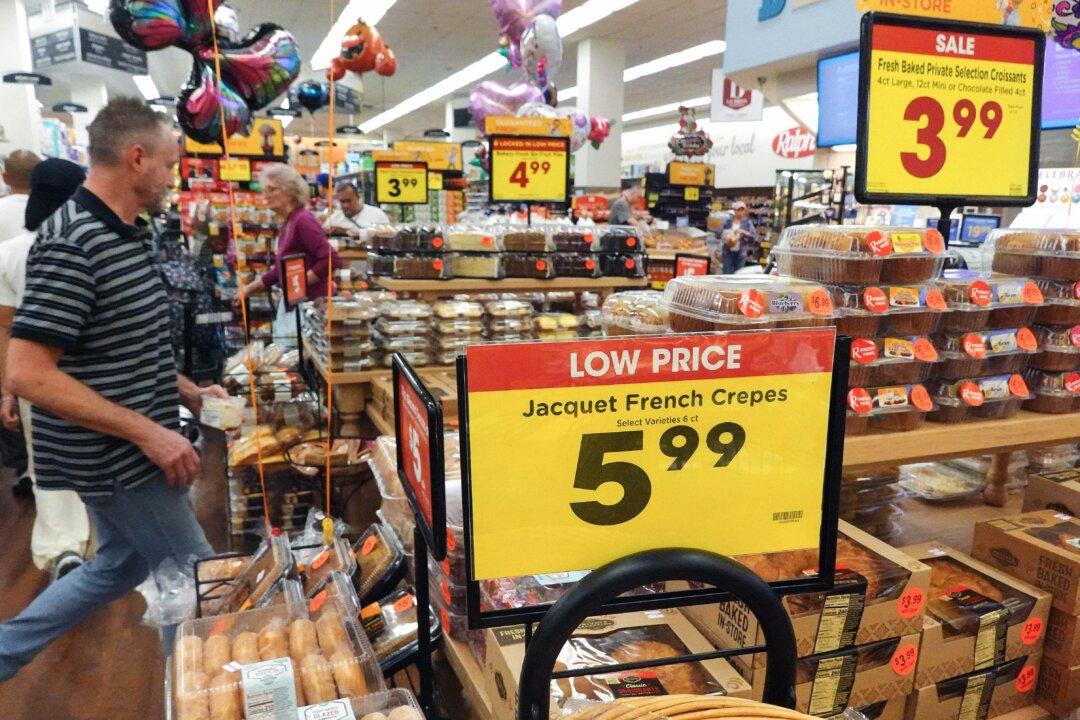Amid fears of negative economic effects of high interest rates and the wars in Gaza and Ukraine, U.S. consumer confidence fell for the fourth straight month in November while long-run inflation expectations rocketed to the highest level in 12 years.
The University of Michigan’s closely watched consumer sentiment gauge fell by more than 5 percentage points in November, to a reading of 60.4 percent.





